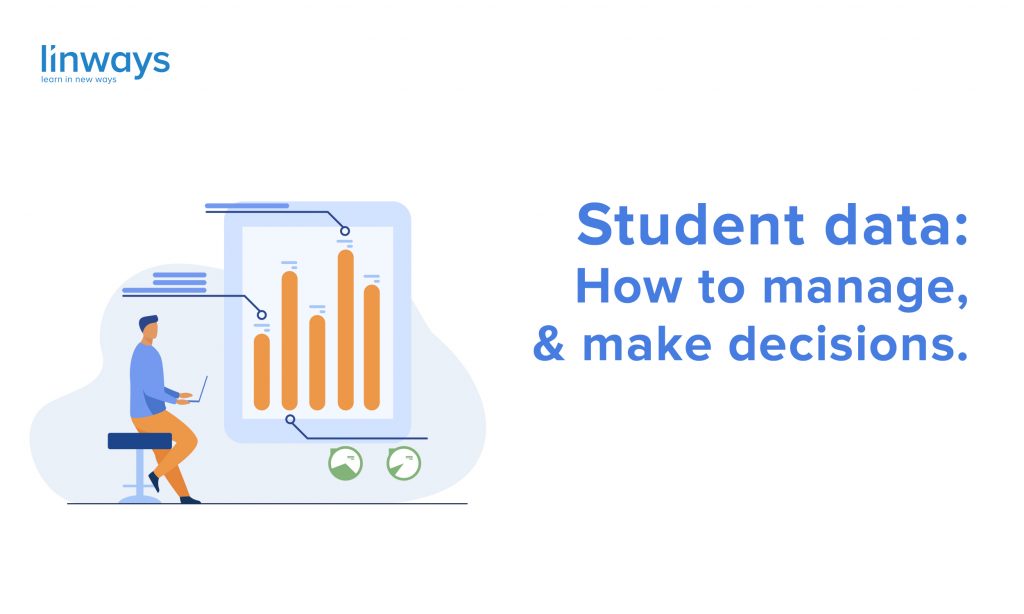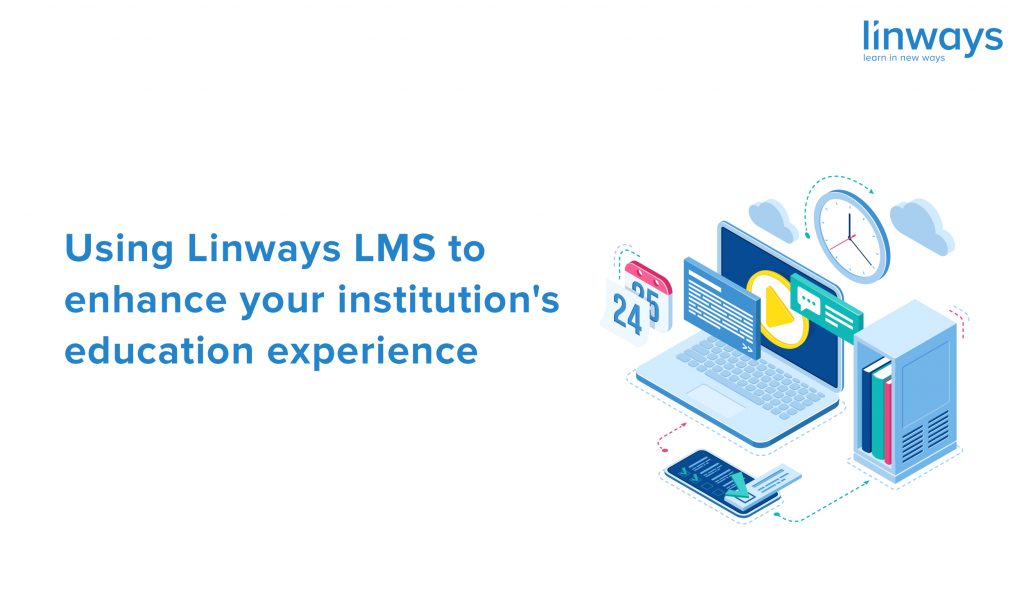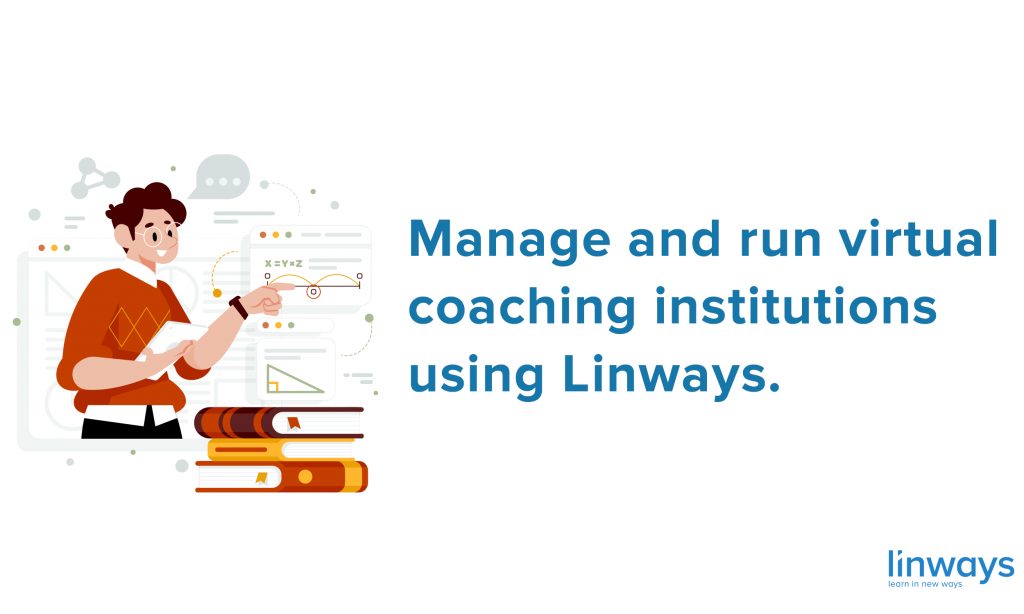
Data defines strategy. Data reflects strategy.
Schools and colleges often have a limited amount of data to work with. However, every piece of info that comes into a teacher’s desk represents the actual reflection of how things have been and what needs to change. So in this article, we are going to discuss a 6-step framework for better understanding and improvement of student data.
What is student data?
Before we begin, let’s get a better understanding of what data actually means. There are typically 4 kinds of data that a teacher normally has to work with.
1. Assessment data which represents the performance review and evaluation results of students in the curriculum.
2. Student profile which gives an insight into the cultural/financial background of individual students, their past behaviors, their past performances, and moral standards, etc.
3. Curriculum data which is more or less what constitutes the subjects and topics that students must master before the end of the semester/academic year.
4. Institutional data which includes information about other teachers, the goals and objectives of the institution, desired outcomes for departments, batch/department metrics, etc.
So now that we have seen that, it’s time to get to the crux of the topic. This involves answering key questions like: ‘How do we translate data into a meaningful visual?’, ‘How do we pick a point of focus?’, ‘How do we make inferences from the numbers?’, ‘How do we apply these findings to an initiative?’, ‘How do we measure the efficacy of the initiative?’.
Step 1. Choose a point of focus.
Effective data management begins with collecting the relevant data and choosing a point of focus. This point can be anything that is relevant to you, as the teacher or something that’s important for the institution. For instance, if a particular batch or department is underperforming, that can be a point of focus. Of if a particular goal or outcome can also be a point of focus. There can be multiple points of focus but the less the better.
Step 2. Pull relevant data and observations.
Once you have a point of focus, it’s time to organize the data in such a way that that it gives you insights about that particular point(s) of focus. These data set can be everything that can directly or indirectly correlate with your focus point. Observations, assessments, student profiles can all give you different insights and perspectives as to why a particular area needs improvement. Organizing these data based on those focus points essentially comes down to what data gives you the most insight. The reliability of the data is also a key factor in this step. Make sure to use only the data that comes from believable sources.
3. Interpret the data.
While interpreting data, you can differentiate different data sets into different categories as we saw in the beginning. In our earlier instance, to find out why a batch is underperforming, you can categorize the data sets into the following categories:
Assessment data: this shows how students typically perform in evaluations and how much improvement is needed.
Student profiles: check if this particular batch contains students from poor neighborhoods or backward cultural backgrounds. This could be one reason why they are missing their scores and an extra push might make it.
Curriculum data: check if you can try another teaching strategy or learning method to inspire and capture students’ attention.
Institutional data: what are the goals or outcomes associated with this batch/curriculum. What key outcomes are proposed? How will the overall performance of the institution affect if this batch continues the current path, and so on…
4. Determine the implications.
Once you have categorized the data sets, it’s time to draw up a strategy and reflect on the implications of your actions. Ensure that your solution or proposal for influencing the focus point aligns with the institution’s goals. Take the past data to create a rough estimate of what the results will look like once you are through. Also, keep in mind that data will still continue coming in even after you start implementing your plan. So leave room for the additional information that you get as the plan progresses.
6. Track growth.
Once you have a plan in hand, it’s time to execute. But an efficient data management framework doesn’t end there. Keep collecting the incoming data as you execute your plan and try to incorporate it into the current plan. This will provide you with flexibility and adaptability to improvise your plan as you go.
Before we wrap us, there’s one more thing that you should pay attention to. The way how you handle all the data. Since education is becoming highly digitzed, managing files and folders like before may not be enough. the sheer volume, accessibility, report generation, collaboration, can all be easily managed if you have an efficient platform to manage all these data. That’s where Linways LMS comes in. It’s a comprehensive leanring management platform that handles all your data regarding academics and institution. You can easily gather insightful information in desired formats from the platform and easily create visual representations using Linways LMS. Check out this link to see Linways in action with a guided tour:
Also published on Medium.



